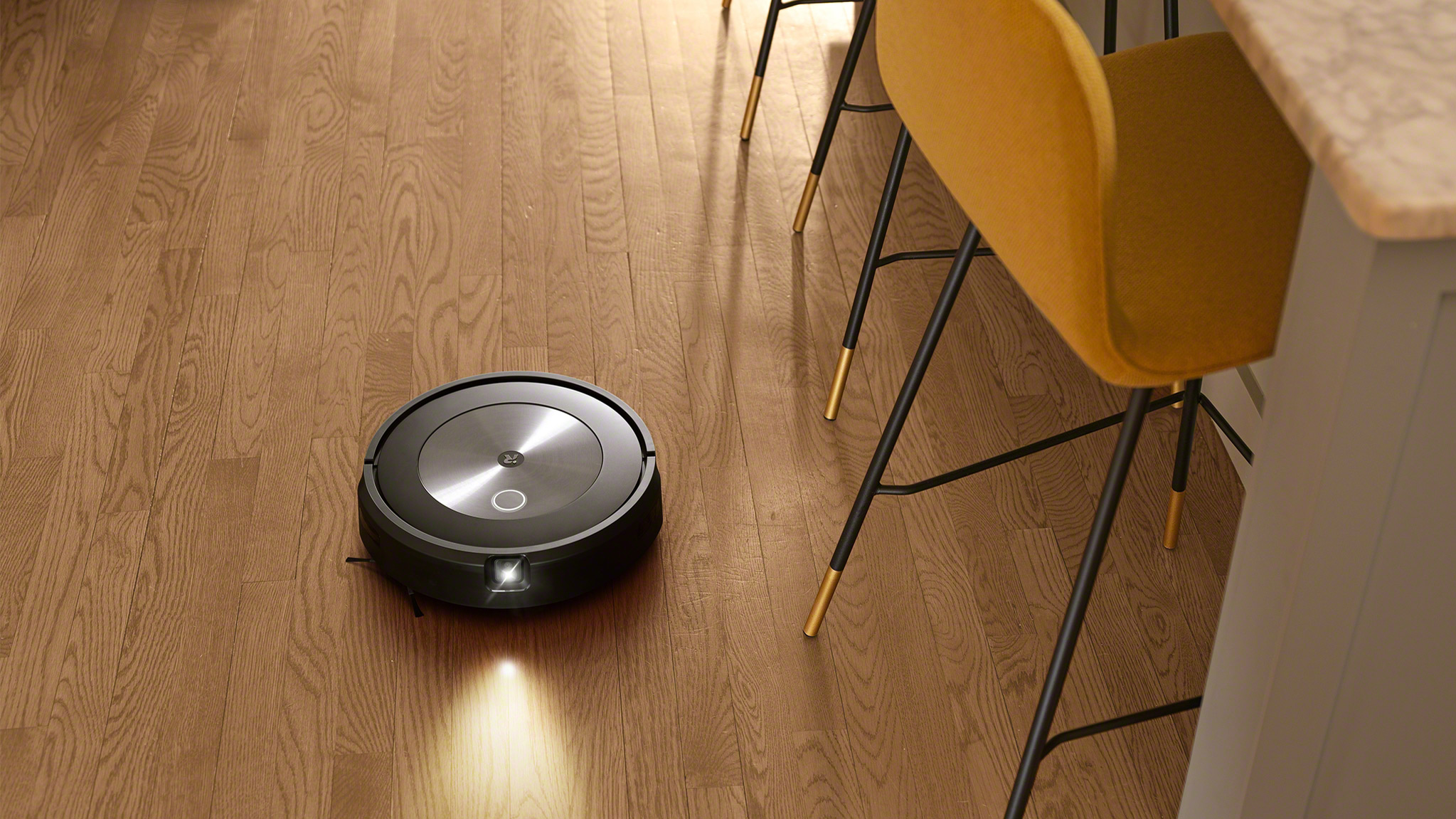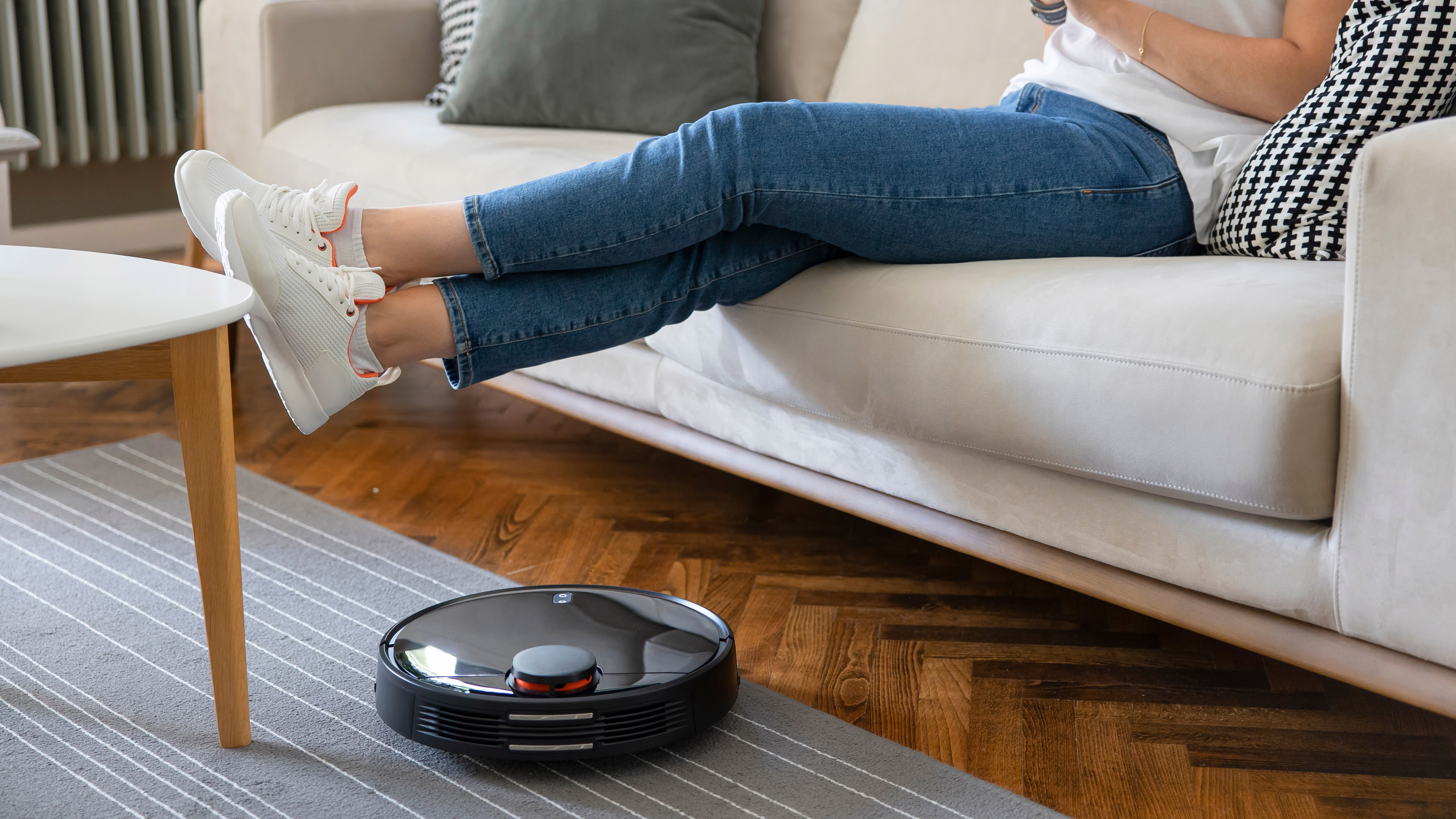There’s a fundamental problem with loads of robot vacuums
Opinion: having to pick up before a robot vacuum cleans ruins the point

I’ll do anything to avoid having to do housework, and I mean literally anything. Even though once the chore is finished, I love how tidy my home is, I still put it off to the last minute every single time.
So a robot vacuums is a must-have household appliance, right? These smart appliances make their way around your home unaided, collecting dust and dander from hard floors and carpets. All you need to do is empty the dust box when it’s full.
The idea of being able to outsource the chore of floor cleaning completely is clearly appealing - according to Statista 14.2 million US households owned a robot vacuum in 2019, up 1.2 million from the year before.
A handful of robot vacuums on the market right now come with obstacle avoidance, which means they can navigate around items such as socks or charging cables left in their path.
But a handful isn’t good enough. As far as we’re concerned, without this feature a robot vacuum is pointless - why buy one if you need to prepare your room for cleaning every time?
Best robot vacuum deals
Read on to find out just why we think obstacle avoidance is needed on more robot vacuums, or if we've already convinced you that a robovac is your next home purchase, check out these great deals.

Socks, charging cables and other small problems
Most robot vacuums on the market today do a good job of not crashing into the big furniture in your home. Most of the time sofas, sideboards, and tables are located on the edges of a room, but even if you do have a coffee table in the middle of a space where you want a robot vacuum to clean, most robots can spot that large block and roll around it.
Sign up for breaking news, reviews, opinion, top tech deals, and more.
But it's a different story when it comes to smaller things like a stray sock that’s escaped the laundry pile, or a charging cable that’s been dropped on the floor.
Barely any robot vacuums can detect these items and end up ploughing straight through them, only for something like a charging cable to get tangled in the brush roller - in some cases causing permanent damage.
However, a new crop of robot vacuums are hitting the market with the ability to detect small temporary obstacles and clean around them without actually sucking them up. You'll find this feature on the iRobot Roomba J7 Plus, the Roborock S6 MaxV and later, as well as the Ecovacs Deebot Ozmo N8+.
During testing of the Roomba J7 Plus, we were extremely impressed with its obstacle avoidance.
We deliberately left an adult-sized sock and a charging cable in its path, but rather than sucking it up, the Roomba simply made its way around them both, cleaning within an inch of each.
Even better, the on-board camera snapped pictures of these obstacles and stored them in the app. Once the J7 Plus had finished cleaning, I was able to review the images and confirm whether they were a temporary obstacle or simply a false positive.
We also had the option of sending the Roomba back to clean up the areas it missed as a result of suspected obstacles - removing the offending item first if it wasn’t a mistake of the vac.

What if your robot vacuum doesn’t have obstacle avoidance?
The feature certainly puts an end to having to tidy up before your robot vacuum begins cleaning, but as we’ve already mentioned, frustratingly there are only a few robot vacuums on the market that offer this feature.
We expect to see more models hitting the market as other brands find ways to implement this technology - and if you’re thinking of investing, it’s an absolute must in our eyes, especially given that it only adds around $50 / £100 to the price tag.
However, if you’ve already got a robot vacuum that doesn’t offer obstacle avoidance, what can you do? The obvious answer is of course, to pick up items left on the floor.
We know that dashing around your home, collecting anything left on the floor before you start the robot vacuum on a cleaning spree, makes the process less hands-off than you might have hoped, but in the long run, it will save time (and potentially money on repairs).
To make this easier for the ground floor at least: place a basket on the stairs and make a household rule that if anyone encounters something on the floor they should pick it up and place it in the basket.
As robot vacuums can’t currently sweep stairs, it won’t create another obstacle and will ensure that any stray items don’t end up tucked in a random drawer either. How often you empty the basket and put things away is up to you - personally, I’ve found three times a week works for me.
Also, make use of no-go areas. Some robot vacuums let you create virtual boundaries on a map of your home in the companion app, while others use physical strips, which are rolls of foam with an adhesive backing. Whichever option your robot vacuum uses, it will prevent it from cleaning a specific area - this is ideal if your cables are all located in one place.
Obstacle avoidance means you really can outsource the chore to a robot vacuum, but until it becomes the norm on robovacs, it looks like we’ll also just have to pick up after ourselves a bit more.
- Check out even more great robot vacuum deals

Carrie-Ann Skinner was formerly Homes Editor at TechRadar, and has more than two decades of experience in both online and print journalism, with 13 years of that spent covering all-things tech. Carrie specializes in smart home devices such as smart plugs and smart lights, as well as large and small appliances including vacuum cleaners, air fryers, stand mixers, and coffee machines. Carrie is now a copy editor at PWC.